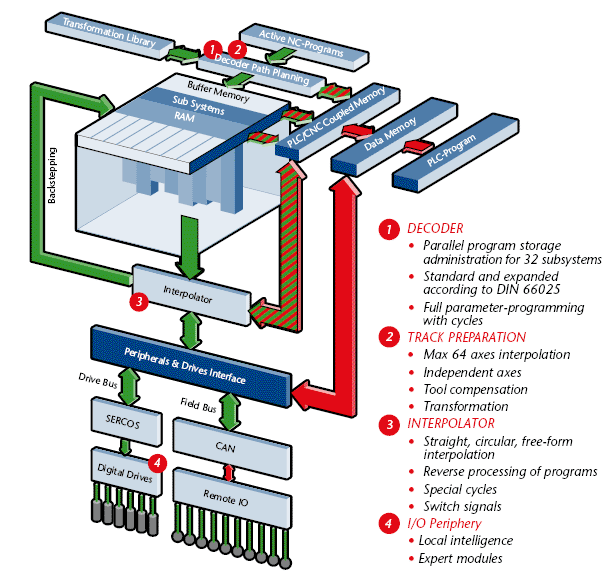Computer Numerical Control
To meet the rising demand to manufacture complicated components of high accuracy in large amounts, sophisticated technological equipment and machinery have been developed. Production of these types of components calls for machine tools that can be set up fairly fast with no very much attention. The design and construction of CNC (Computer Numerically Controlled) machines differs very much from that of conventional machine tools. This variation arises from the requirements of higher performance levels.
The CNC (Computer Numerically Controlled) machines frequently employ the several mechatronics elements that have been developed over the years. Though, the quality and reliability of these machines relies on the several machine elements and subsystems of the machines. There are a number of the significant constituent parts and aspects of CNC machines to be considered in their designing, for instance Machine structure, Feed drives, Guide ways, Spindle and Spindle bearings, Gauging, Tool monitoring, measuring systems, Controls, Software and Operator interface. The control of a machine tool by means of stored information via the computer is termed as Computer Numerically Controlled.

The information that stored in the computer can be read via automatic means and converted into electrical signals that operate the electrically controlled servo systems. Electrically controlled servo systems allow the slides of a machine tool to be driven concurrently and at the suitable feeds and direction so that complex shapes can be cut, frequently with a single operation and with no the need to reorient the work piece. Computer Numerically Control can be useful to milling machines, Lathe machines, Boring machines, Grinding machines, Flame cutters, Drilling machines etc.